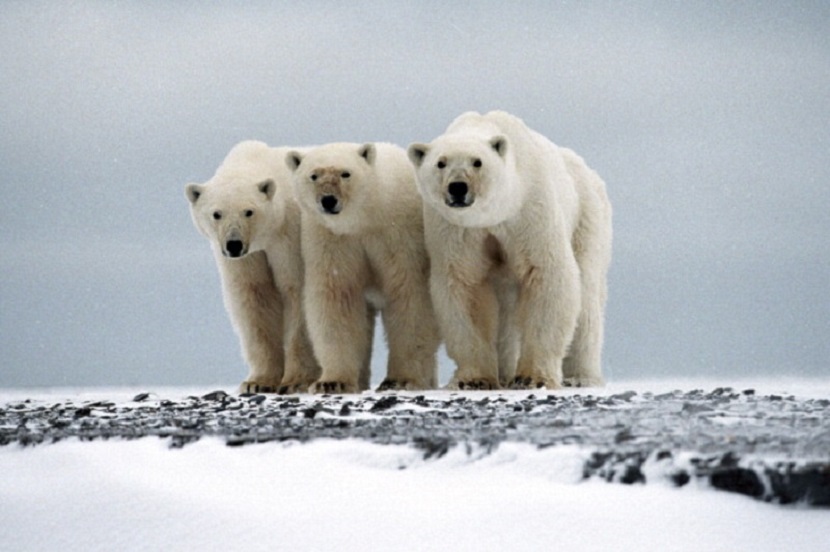NatureServe Board of Directors Challenge
Our Board of Directors is contributing $175,000, some of them are increasing their gift by as much as 50%, and they challenge you to increase your gift to NatureServe by December 31st. Give generously, as much as your circumstances allow, to elevate our shared conservation impact. As we welcome our new President & CEO, Dr. Gregory Miller, our entire Board of Directors is stepping up to provide him with the support and resources he needs. Help us help him lead the way for the NatureServe Network and conservation action.

Our world urgently needs NatureServe’s science, now more than ever. The warming climate, expanding human footprint, habitat loss—with each day that passes, these changes threaten biodiversity. NatureServe guides critical actions to halt the irreversible loss of Earth’s biodiversity. Your support protects more than just one wetland, forest, plant or animal—it is multiplied across thousands of conservation actions.
They challenge you to increase your gift, as they have, to help increase the impact of conservation. Make your donation by midnight on December 31, and you may be eligible for a tax deduction.
You make it possible for NatureServe, your local Network Program, and over 80 other organizations in the NatureServe Network to scientifically track rare species and their habitats, and share this information with the world. The result is data-driven decisions and actions that better conserve biodiversity.
Your gift gives the world a clear and credible understanding of the most important wildlife and natural places to protect.
Together, we are creating a world where everyone has access, at their fingertips, to up-to-date knowledge about Earth’s unique, rare, and threatened species and habitats.
Join our Board of Directors, our new President & CEO Dr. Miller, and all biodiversity champions to make this shared vision a reality. Donate today to create a world that protects and sustains plants, animals, and the wild places they call home.
When you give to NatureServe, you help halt the loss of Earth’s amazing biodiversity by making every act of conservation more effective. Your gift, transformed by NatureServe into scientific information, steers actions towards the species and places most in need—ensuring that all of the time, energy, and trillions of dollars invested in conservation each year will be more successful.
Give a generous gift today and show our Board of Directors and Dr. Gregory Miller that you care about conserving the most important places, targeting the species most at-risk and guiding conservation action with up-to-date knowledge.
Your support is critical and makes it possible for The NatureServe Network to systematically track rare species and their habitats, and share this information with the world. No one else fills this niche, and we cannot do it without you. Increase your donation from last year, just as the Board of Directors has done, by December 31st. Make your donation today.
natureserve.org
Comments